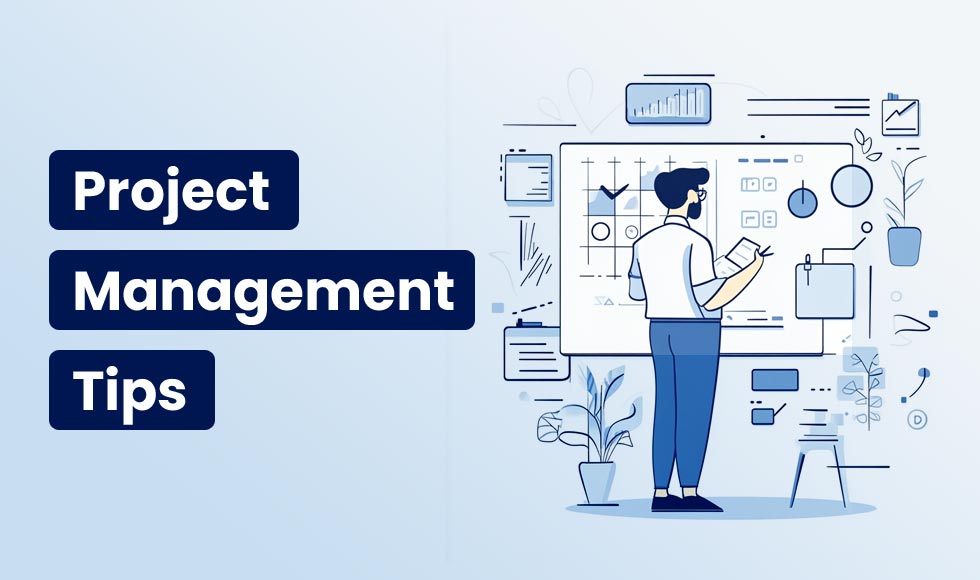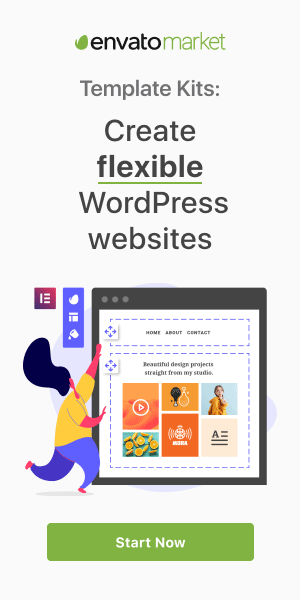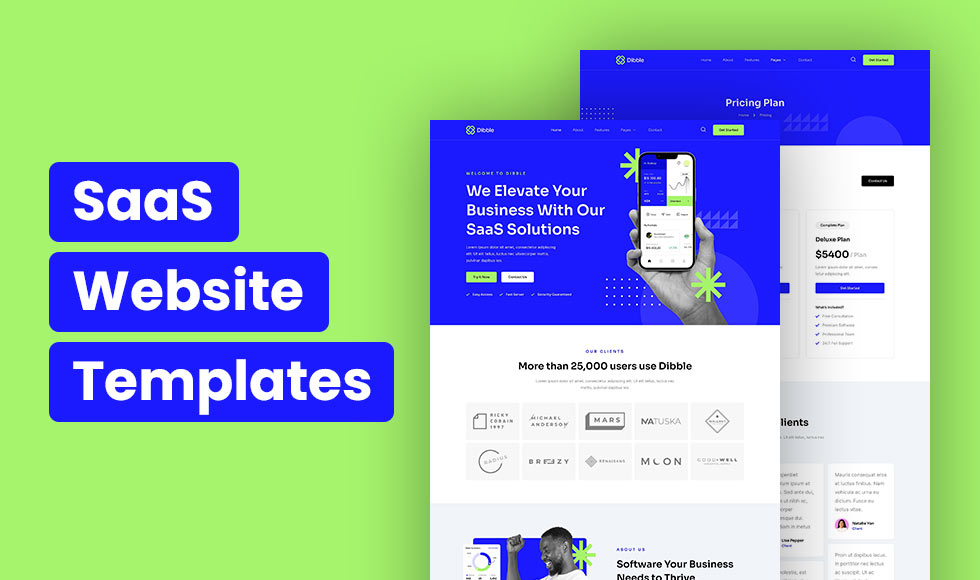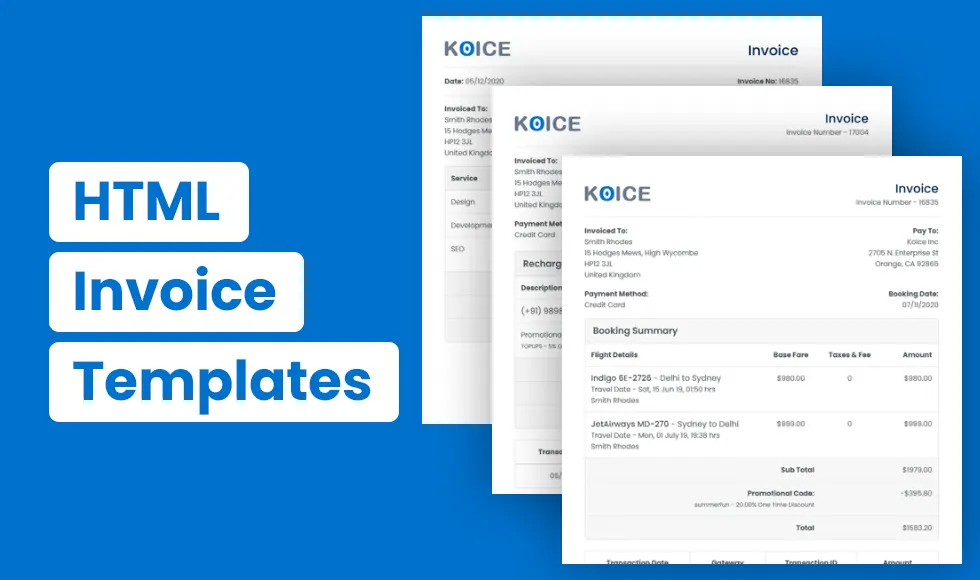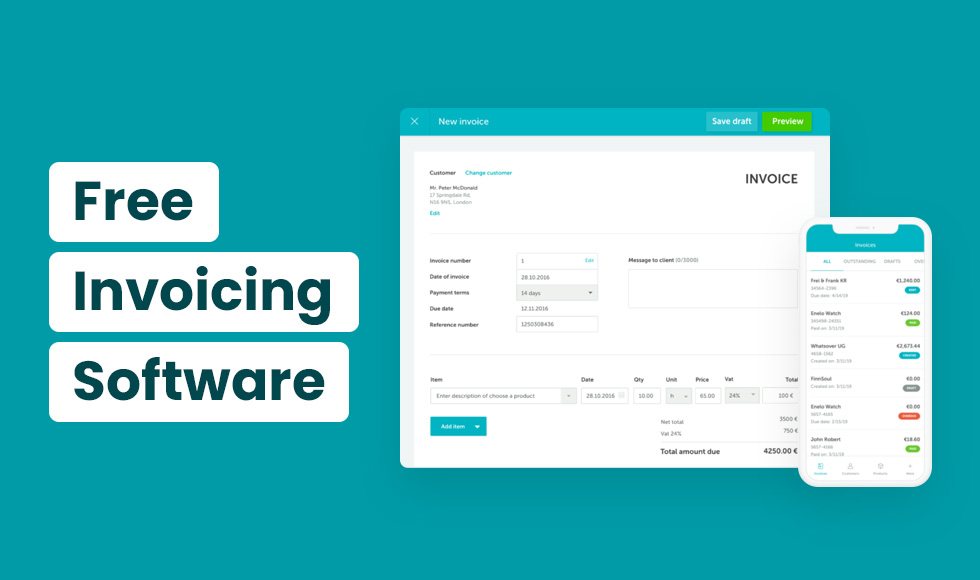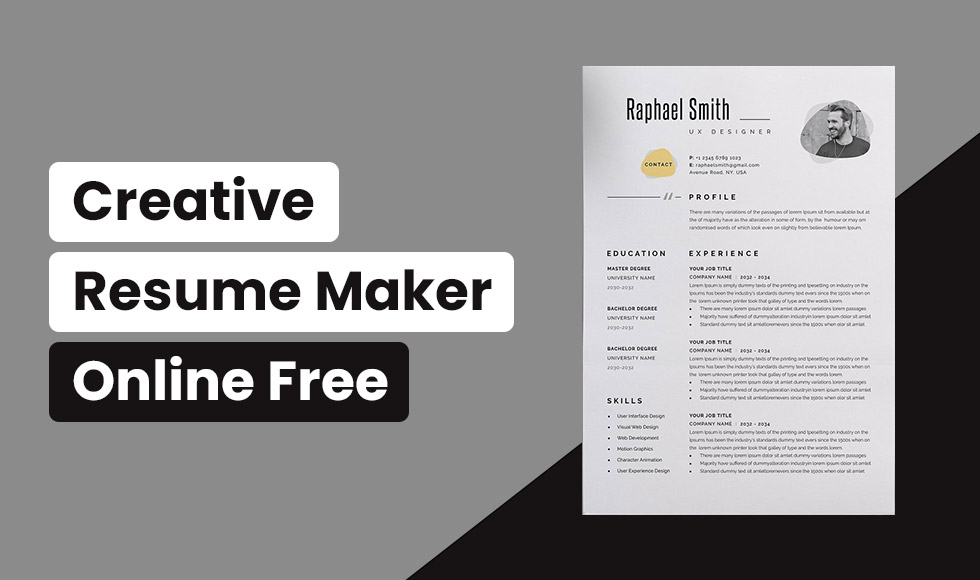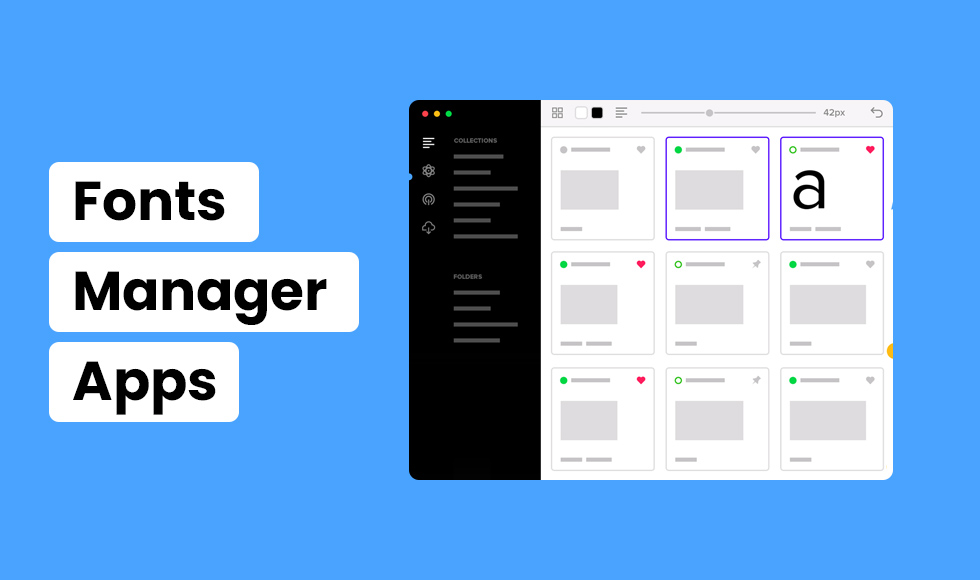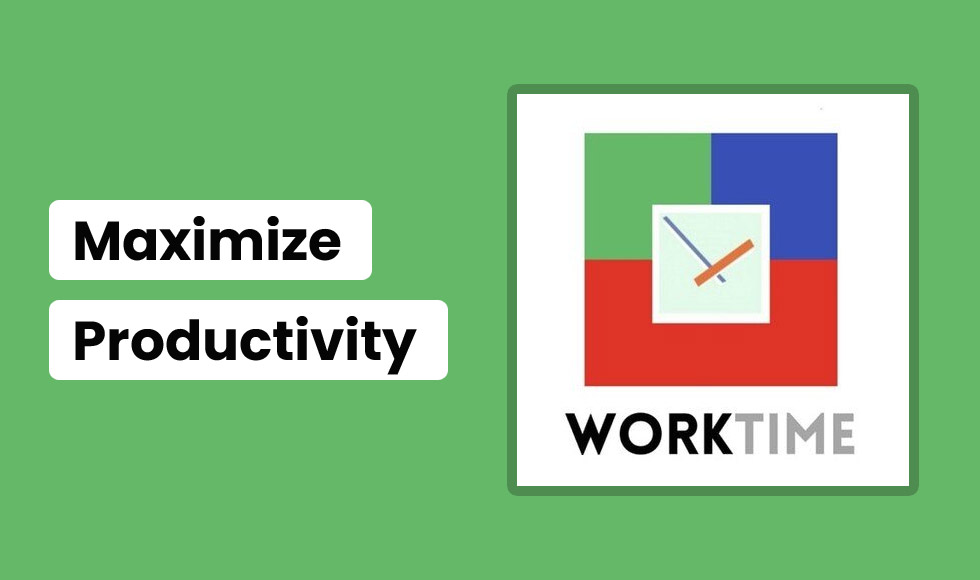Managing a web or mobile development project today can be challenging, juggling multiple tasks, meeting deadlines, and coordinating with different team members remotely.
A real-world example is the recent surge in demand for e-commerce platforms during the pandemic. Many businesses had to rapidly develop and launch online stores to meet customer needs. These projects required exceptional organizational skills to integrate payment systems, user interfaces, and inventory management, all while ensuring a smooth user experience.
We have discussed some practical tips and strategies for maintaining organization throughout your web development project.
Whether you’re a project manager or a developer, these insights will help you stay in control, reduce stress, and boost productivity.
7 Project Management Tips for Staying Organized
1. Setting Clear Goals and Defining Your Project Scope
Starting a new project can feel like stepping into a new chapter. You need a clear plan to guide you through the journey. For web development, this plan is your project’s blueprint, laying out what you want to achieve and the path to get there.
- Clear Goals: Whether you’re building a simple online store or a complex application, clearly define what you want to accomplish.
- Project Charters and Requirements Documents: These documents help you outline the tasks needed and avoid any misunderstandings. They act as a shared vision, keeping everyone on the same page.
Having a well-defined scope protects your project from unnecessary complications. By breaking down tasks and prioritizing them thoughtfully, you can ensure everything stays manageable and on track.
- Work Breakdown Structure (WBS): This method helps you break your projects into smaller, manageable pieces, making them less overwhelming.
- Task Prioritization: Organize tasks by importance and handle them step by step, making the process feel more achievable. Dividing the work not only makes it easier to manage but also helps ensure that resources are used effectively, allowing each part of the project to get the attention it deserves.
Also read: What are Task Dependencies in Project Management?
2. Choosing the Right Project Management Tools
Having the right tools at your disposal can make all the difference in how smoothly the project runs.
- Popular Tools: Tools like Basecamp, Trello, Asana, and Jira help you track tasks and monitor progress.
- Version Control Systems: Git helps your team work together seamlessly by managing changes effectively.
- Integrated Development Environments (IDEs): Tools like VS Code simplify the coding process.
- Testing and Documentation Tools: Selenium, Jest, and JSDoc ensure your project maintains high quality and stays well-documented.
3. Establish a Clear Schedule and Workflow
Your project’s timeline is like a map, guiding you through each phase and keeping everyone on course.
Project Timeline: Create a clear plan with benchmarks to measure progress along the way.
Methodologies:
- Agile: Suits flexibility and feedback as they both are almost constant processes.
- Kanban: It aids visualization and ensures that the quantity of work in progress is controlled.
- Scrum: They employ the methods of sprints and daily stand-ups to pull off iterative progress.
- Waterfall: Best for use where the scale of work is defined and cannot be changed in mid-flow.
The right approach helps your team stay organized and ensures everyone knows what to do next.
4. Review and Refactor code as often as Possible
Think of your code as a living thing that needs care and attention to stay healthy.
- Code Reviews: Regular reviews help catch issues early, keeping problems from becoming bigger down the line.
- Refactoring: Regularly organizing and improving your code makes it easier to understand and use in the future.
- Tools: Linters and code analyzers help keep your code clean and functional.
By taking the time to maintain your code, you ensure it remains reliable and easy to work with as your project evolves.
5. Document Everything
Good documentation is like leaving a trail for others to follow, helping your team and future developers understand the project.
- Benefits: Clear documentation helps your team and makes future maintenance easier.
- Types: This includes commenting on code, documenting APIs, and outlining best practices.
- Tools and Practices: Use tools like Markdown to keep your documentation consistent and easy to read.
Recording the progress of a certain work keeps everyone informed and it also makes future work such as repairing to be simpler.
6. Clear Communication
Communication is the glue that holds a project together. When everyone is on the same page, things run more smoothly.
- Communication Tools: Platforms like Slack and Microsoft Teams make it easy to stay connected.
- Meetings and Check-Ins: Regularly check in with your team to address any issues and keep the project moving forward.
Clear communication ensures that everyone is working towards the same goals, reducing confusion and keeping things on track.
7. Backup Data, Ensure Security and Stay Flexible
Protecting your project is like setting up a safety net—it’s vital to keep your data secure and your approach adaptable.
- Backups and Security: Regularly back up your code and databases to safeguard against data loss. Implement strong security practices to protect sensitive information and use automated tools to monitor and secure your project.
- Adapt and Optimize: Stay open to feedback and ready to adjust your plans as needed. Continuously improve processes and regularly review what’s working to keep your project on the right track.
By combining strong security measures with a flexible mindset, you ensure your project remains both safe and responsive to change.
Proactive Project Management: Lessons from Google, Microsoft, and Amazon
Big companies like Google, Microsoft, and Amazon know the power of staying organized, especially with complex AI projects. They use tools like Jira, Asana, and Trello not just to manage tasks but to save time. These tools help them automate routine work, keep everyone in sync, and spot issues before they become problems.
For example, Google uses its tools alongside Jira to handle global projects. They even use AI within these tools to predict roadblocks and solve them quickly.
The result?
Faster innovation and more focus on creating something new, rather than getting stuck in day-to-day management.
By adopting these strategies, other companies can keep up with the fast pace of tech and stay competitive. It’s not just about managing projects—it’s about doing it smarter, quicker, and with a focus on the future. Whether you’re a small team or a large corporation, these tools can be your secret weapon for success in today’s tech-driven world.
Two Decades in IT: Insights from Developer to Delivery Head
Over the past two decades, I’ve worn many hats in the IT industry—from starting as a developer to leading as a delivery head, and now managing a 200-person company. This journey has given me a deep understanding of every layer involved in delivering successful web development projects.
As a developer, I learned the importance of detail and precision. As a delivery head, I mastered the art of balancing timelines, client expectations, and team dynamics. Now, running a large company, I combine these experiences to create strategies that ensure projects are not only delivered on time but also exceed client expectations.
Having been on the ground as a developer, I understand the challenges my teams face and can guide them more effectively. My experience in project management tools helps me streamline processes, optimize team performance, and ensure that our projects are executed with the highest quality. This holistic view—from coding to company leadership—has been instrumental in driving successful outcomes, no matter how complex the project.
In essence, my journey has equipped me with the skills to lead with empathy and efficiency, ensuring that each web & mobile development project we take on is handled with the care and expertise it deserves. At Seven Square, we are committed to bringing this depth of experience and dedication to every project, helping our clients achieve their goals with confidence.

